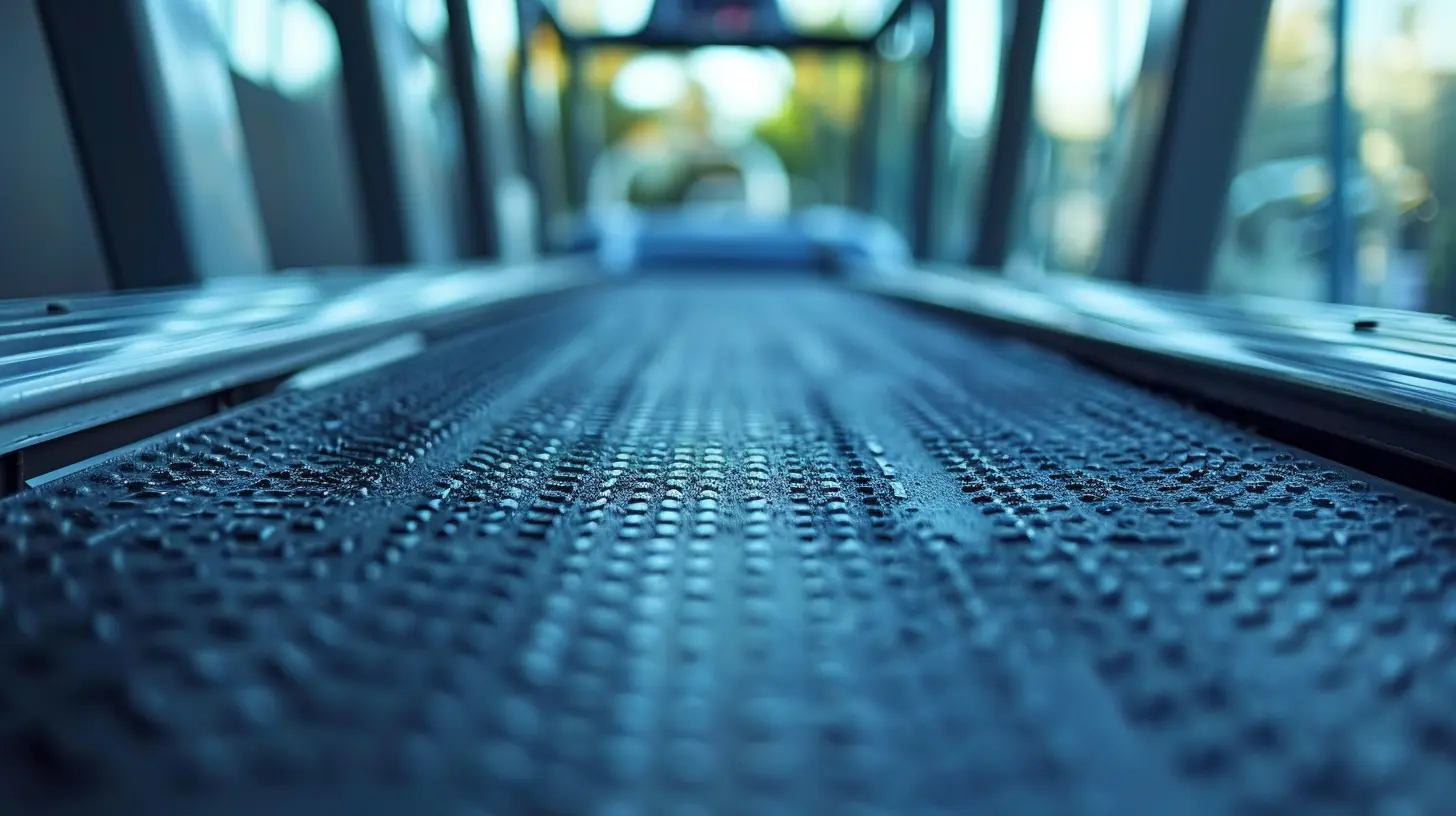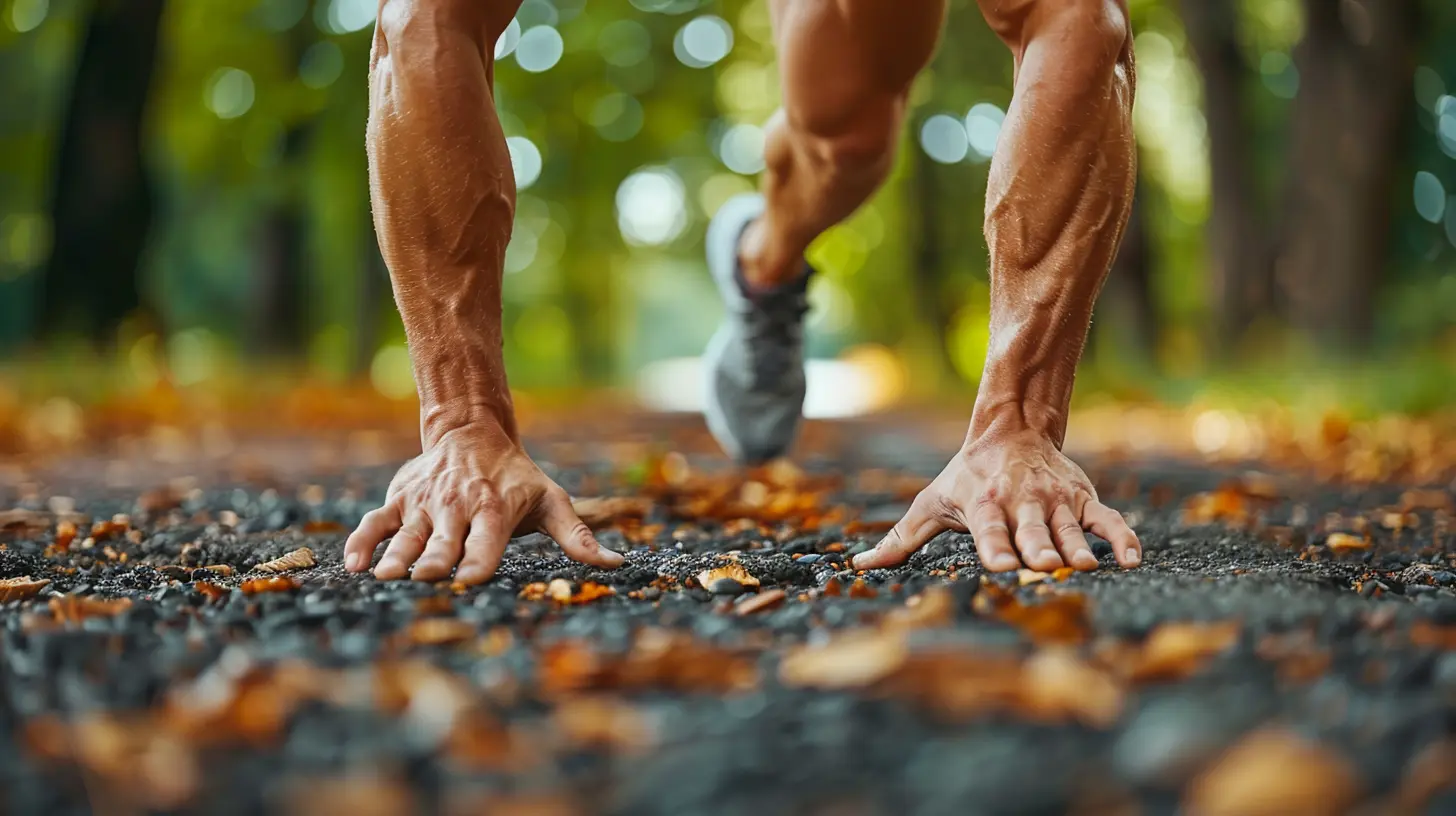Cardio for Older Adults: Staying Active and Healthy
6 June 2025
Staying active as we age isn’t just a nice idea — it’s essential. Cardio for older adults isn’t about training for a marathon or pushing your body to the limit. It's about keeping your heart strong, your joints moving, your balance steady, and your spirits high. Whether you're 60 or 90, it’s never too late to get moving and feel better doing it.
In fact, getting into a cardio routine could be one of the best decisions you make for your health — physically, mentally, and emotionally. And don’t worry, we’re not talking about high-impact boot camps or intense spin classes. We're talking about sustainable, enjoyable, and yes — even fun — cardio for older folks like you and me.
Let’s break it down, step by step.
Why Cardio Matters More as You Age
First things first: why does cardio even matter after 60?Well, as we age, our bodies naturally slow down. Our metabolism decreases, muscle mass shrinks, and our endurance isn’t what it used to be. But here’s the silver lining — regular cardiovascular exercise can literally turn back the clock in many ways.
Health Benefits Are Off the Charts
- Stronger Heart: Cardio keeps your ticker healthy. A regular routine can lower blood pressure and bad cholesterol while boosting the good kind.- Better Brain Function: Studies have shown that cardio helps with memory, decision-making, and overall cognitive sharpness.
- Mood Booster: Feel anxious or down lately? Cardio releases endorphins — your feel-good hormones.
- Improved Balance and Coordination: Say goodbye to fall risks and hello to steadier steps.
- Boosted Immunity: A good cardio routine helps keep your immune system in tip-top shape, which is crucial as we age.
You’re not just looking at a better body — you’re setting yourself up for a better life.
What Counts as Cardio for Seniors?
So, what actually qualifies as cardio? The good news is, it's a lot more than just running or cycling.If it gets your heart rate up and keeps it elevated for at least 10-30 minutes, it's cardio. This could include:
- Brisk walking
- Water aerobics
- Dancing (even in your living room!)
- Light jogging
- Cycling (stationary or outdoors)
- Chair aerobics
- Low-impact aerobics
- Playing with grandkids (yes, seriously!)
Here’s the secret sauce — do what you enjoy. If it feels like a chore, you won’t stick with it. If it’s fun, it becomes part of your life.
How Much Cardio Should Older Adults Get?
You might be wondering: “How much cardio is right for me?”Let’s keep it simple.
The American Heart Association recommends at least 150 minutes per week of moderate-intensity aerobic exercise for older adults. That breaks down to:
- 30 minutes a day,
- 5 days a week.
Now, if that feels like too much at first — don't panic. Even 10-minute chunks throughout the day add up. The goal is consistency, not perfection.
Pro Tip: Start small. Maybe a 10-minute walk after meals. Gradually build up. You’re building a habit, not running a race.
Best Cardio Exercises for Older Adults (That Won’t Hurt Your Joints)
Let’s get into the nitty-gritty. What cardio exercises are best for aging joints and bodies? Here are some superstar moves that are gentle but effective.1. Walking (King of All Cardio)
Simple, free, and wildly effective. Whether it’s around the block or inside a mall, walking gets the heart pumping without beating up your knees. Want more impact? Use trekking poles or walk on an incline.2. Swimming & Water Aerobics
Water reduces the load on your joints, making swimming a top-tier cardio option. You burn calories while gliding through water — what’s not to love?3. Seated Cardio / Chair Aerobics
Perfect for those with mobility challenges. Sit in a sturdy chair and perform arm swings, leg lifts, and torso rotations. Simple, safe, and surprisingly effective.4. Dancing
Whether it’s Zumba Gold, ballroom, or just swaying to your favorite tunes, dancing is cardio disguised as fun. Plus, it fires up your muscle memory and coordination.5. Stationary Biking
Looking for a low-impact move that gets your heart racing? Indoor cycling is easy on the joints but tough on fat. Start slow and build endurance.Tips to Stay Safe While Doing Cardio
Safety first, always. Cardio is amazing, but doing it smartly is key.Talk to Your Doc
If you're new to exercise or have underlying conditions, always check with your doctor before launching into any new routine.Listen to Your Body
Sweat is good. Sharp pain is not. If something hurts — stop. Modify the moves or take a break.Stay Hydrated
Even mild dehydration can mess with your energy and focus. Keep a water bottle nearby and sip regularly.Wear the Right Shoes
Supportive, comfortable shoes reduce your risk of falls and joint stress. Don’t skimp here.Warm-Up & Cool Down
Don’t skip this. Start with light stretches or a slow walk and end your routine the same way. This helps avoid injury and makes each session more effective.How to Make Cardio a Habit (That Doesn’t Feel Like Work)
Let’s be honest — sticking to a new routine is the hardest part. But with a few tricks, you can build a cardio habit that sticks like glue.1. Schedule It
If it’s not on your calendar, it won’t happen. Treat it like an important appointment — because it is.2. Get a Buddy
Nothing beats a workout partner. You’ll stay accountable, and it’s way more fun.3. Pick a Playlist
Music is a powerful motivator. Create a playlist that makes you want to move, and suddenly that 30-minute walk flies by.4. Track Your Progress
Whether it's steps, minutes, or how you feel afterward — tracking builds momentum. Use a simple notebook or an app like Fitbit or MyFitnessPal.5. Celebrate Wins
Finished a week of consistent cardio? Treat yourself (and no, I don’t mean with cake — unless it’s carrot). Celebrate with something that supports your wellness goals — a new pair of sneakers or a relaxing massage.What if You Have Health Issues?
Good question. Cardio can be adapted for nearly everyone.- Arthritis? Focus on low-impact options like swimming or stationary biking.
- Osteoporosis? Avoid high-impact jumping. Brisk walking and resistance bands are better.
- Heart Conditions? Follow your doctor’s advice and aim for shorter, more frequent sessions.
- Limited Mobility? Chair exercises are a game-changer. They still raise your heart rate and build endurance.
Always remember: cardio is not one-size-fits-all. The goal is to move your body in a way that feels good and makes you stronger over time.
The Mental Edge: Why Cardio Makes You Happier
Let’s not forget the emotional payoffs. Cardio is like therapy without the co-pay.Say Goodbye to the Blues
Regular cardio fights off depression and anxiety. It boosts serotonin, dopamine, and all those brain chemicals that make you feel downright awesome.Say Hello to Sharper Thinking
That post-exercise glow? It’s not just sweat. Cardio increases blood flow to the brain, improving memory, focus, and reaction time — all critical as we age.Sleep Like a Baby
Having trouble sleeping? Cardio helps regulate your circadian rhythms. Just don’t do it too close to bedtime, unless you plan to dance yourself to sleep.Real Talk: You’ve Got This
Let’s put this into perspective. Starting — or restarting — a cardio routine later in life is not about getting six-pack abs or impressing anyone. It’s about you.Your health. Your confidence. Your future.
Every step you take, every lap you swim, every song you dance to — it’s all adding up to a better version of you.
So, whether you're just beginning or getting back into it after a break, know this:
👉 You’re stronger than you think.
👉 It’s never too late to start.
👉 And you’re not doing this alone.
Get moving. Stay consistent. And watch how life changes, one heartbeat at a time.
Final Thoughts
Cardio for older adults isn’t optional — it’s vital. It keeps your heart humming, your body moving, and your mind sharp. Whether you walk, swim, dance, or pedal, you’re making an investment in your future that pays off every single day.So lace up those sneakers — or slip into those swim trunks — and get started. Your best years are still ahead. And cardio? It’s your ticket to enjoy every single one of them.
all images in this post were generated using AI tools
Category:
Cardio WorkoutsAuthor:

Everett Davis
Discussion
rate this article
3 comments
Sawyer Rogers
Great article! It's essential for older adults to prioritize cardio for maintaining health and vitality. Staying active not only improves physical well-being but also boosts mental health and overall quality of life. Remember, every step counts – so let's embrace movement at any age and inspire others to do the same!
June 20, 2025 at 11:19 AM

Everett Davis
Thank you for your thoughtful comment! I completely agree—staying active is vital for both physical and mental well-being at any age. Let's keep inspiring each other to prioritize movement!
Brick Cross
Keep moving like a dancing octopus—flexible and fabulous!" 🐙💃
June 15, 2025 at 11:05 AM

Everett Davis
Thank you! Staying flexible and active is key to healthy aging! 🐙💪
Beth Mathews
Great article! Staying active is key to feeling youthful and vibrant at any age. Remember, every little bit counts—be it a brisk walk or dancing in the living room. Let’s keep moving, have fun, and embrace the joy of staying healthy together! You’ve got this! 🌟
June 9, 2025 at 3:47 AM

Everett Davis
Thank you for your kind words! Absolutely, every bit of movement matters, and it's wonderful to embrace fun activities together. Let's keep inspiring each other to stay active! 🌟



